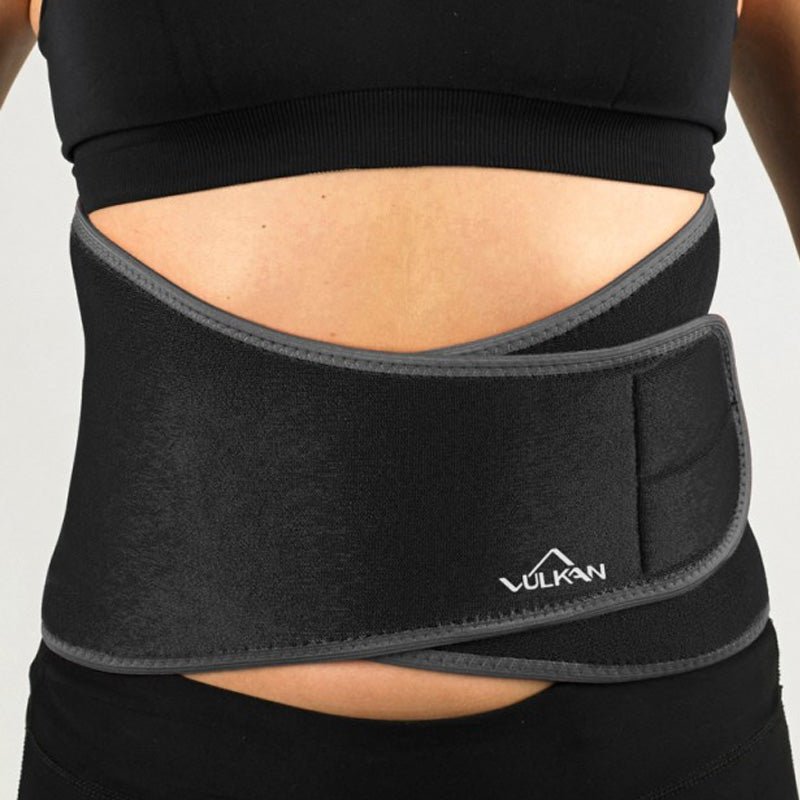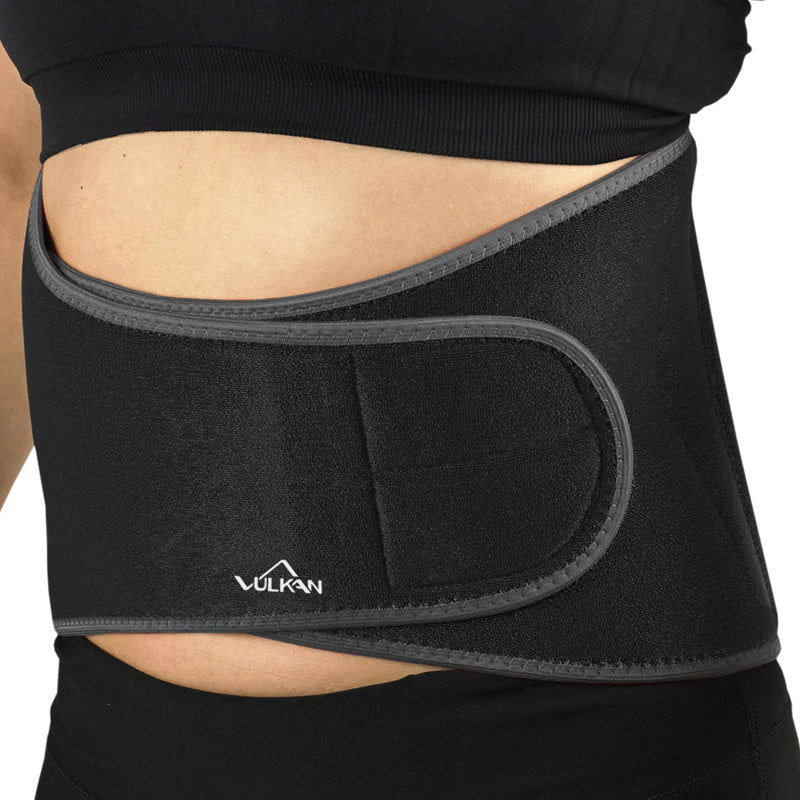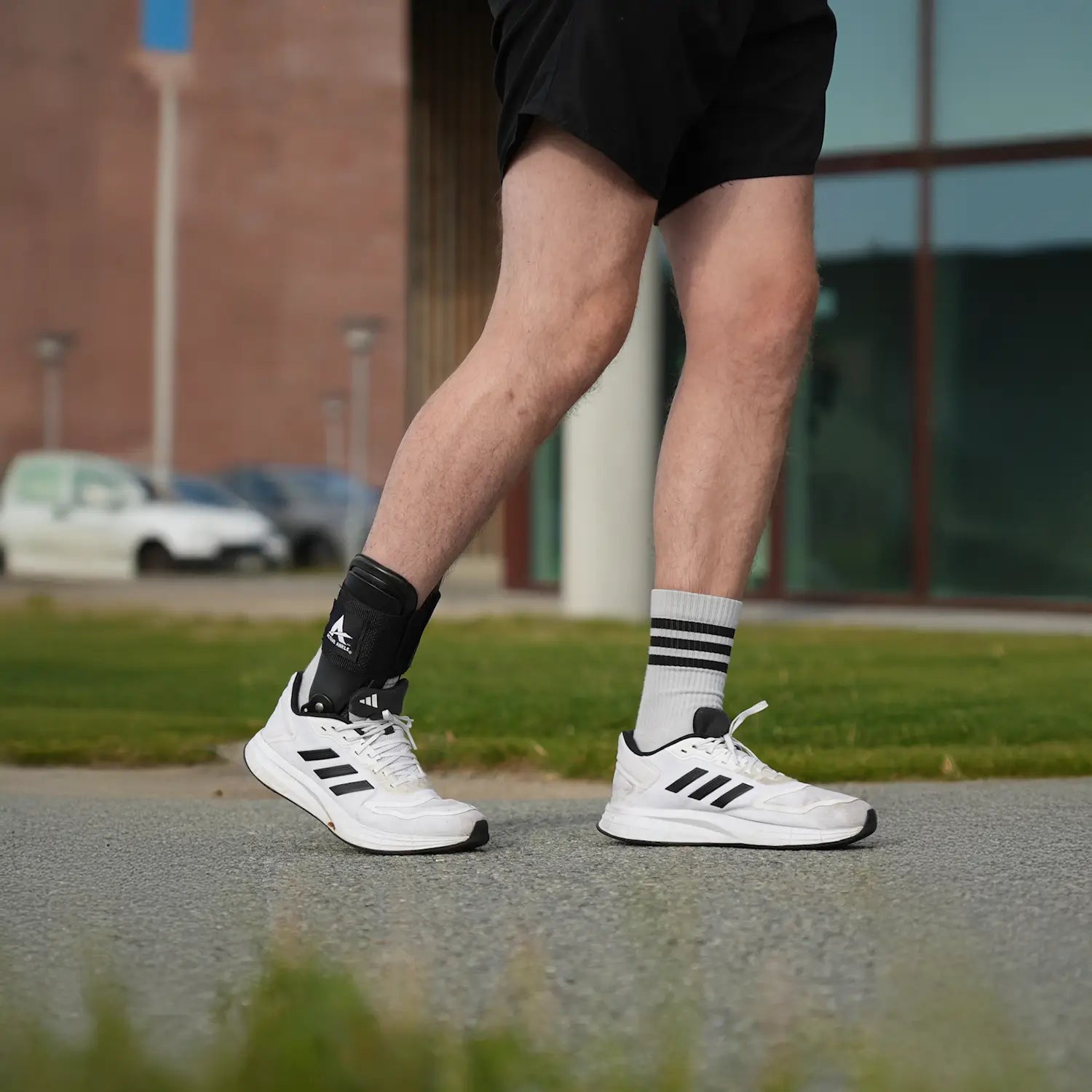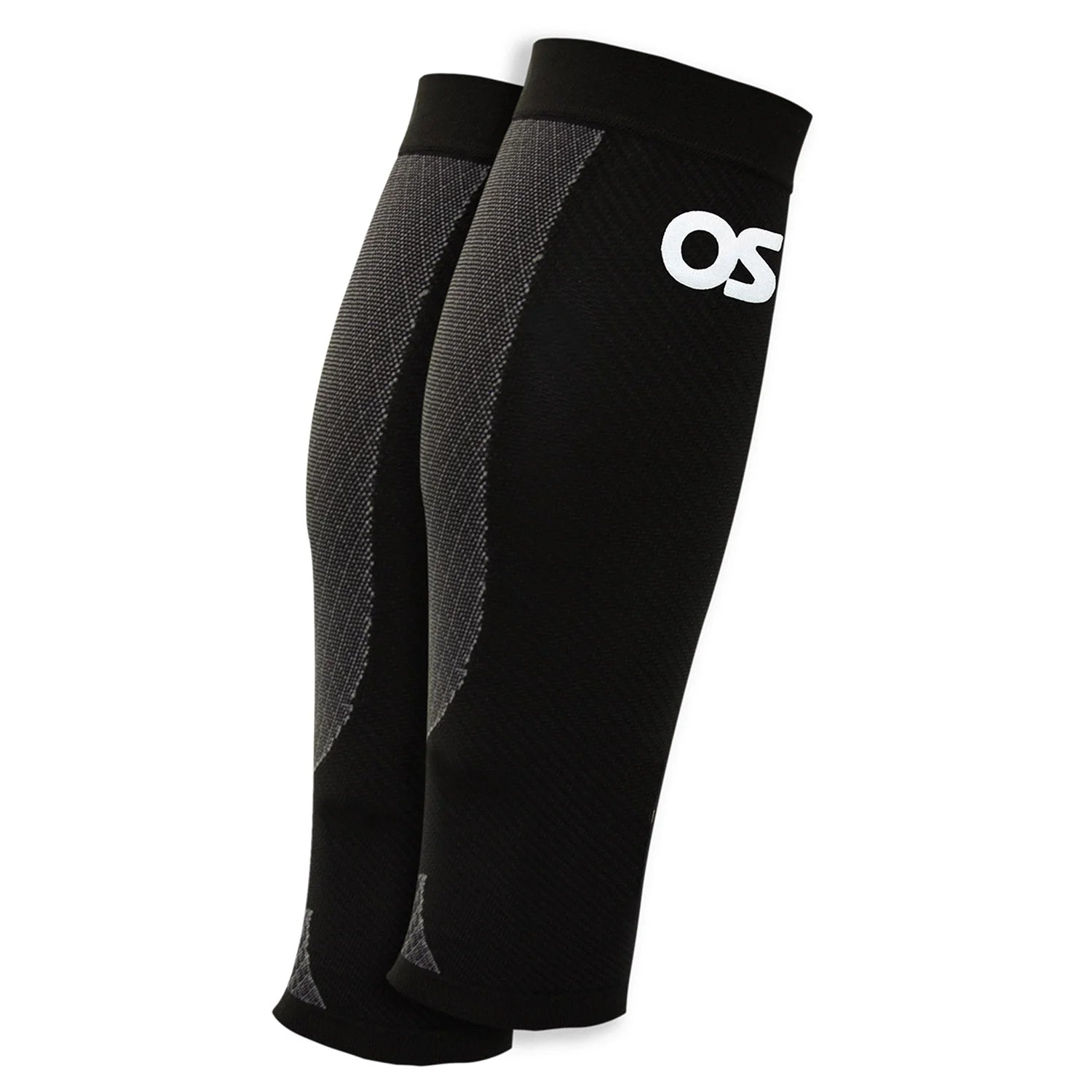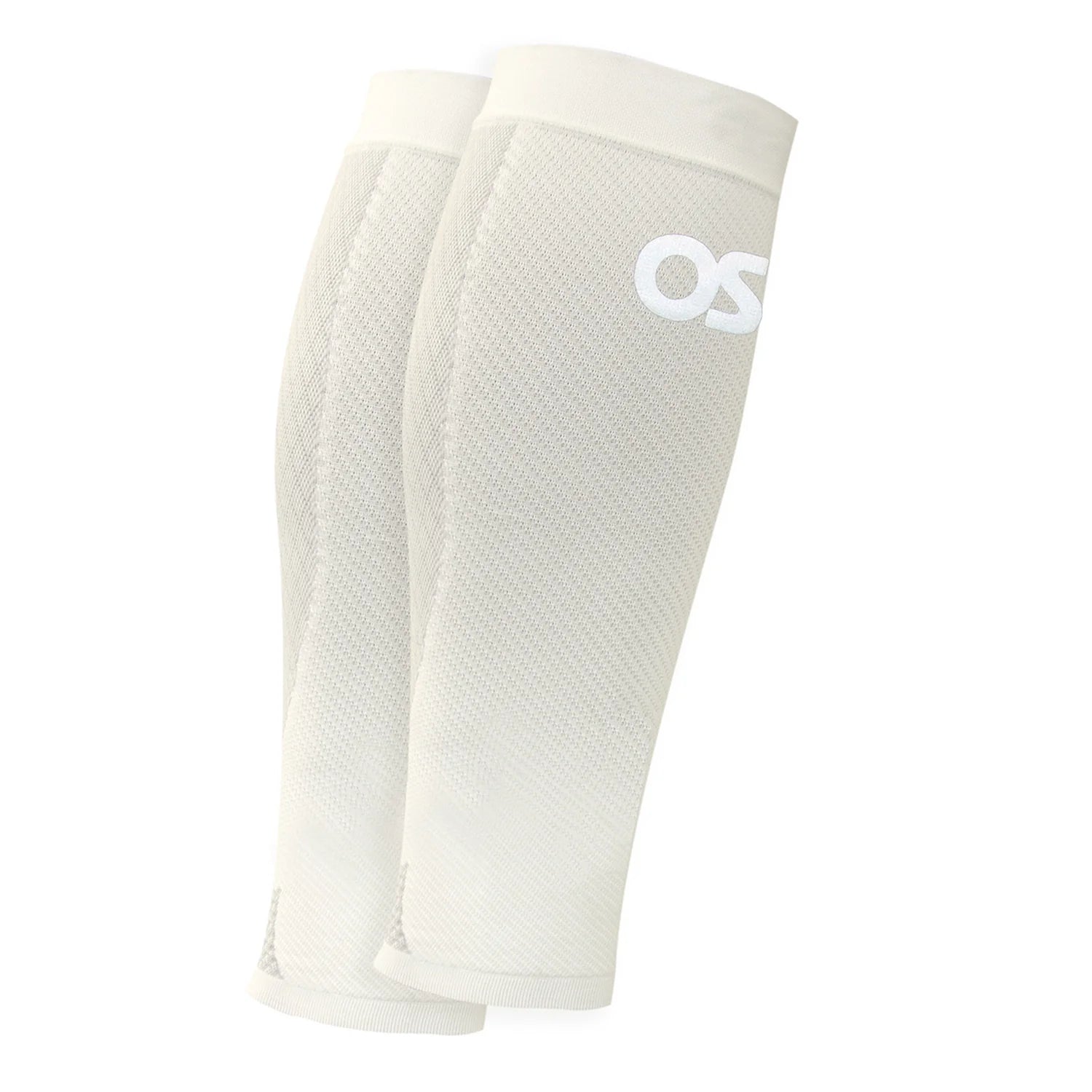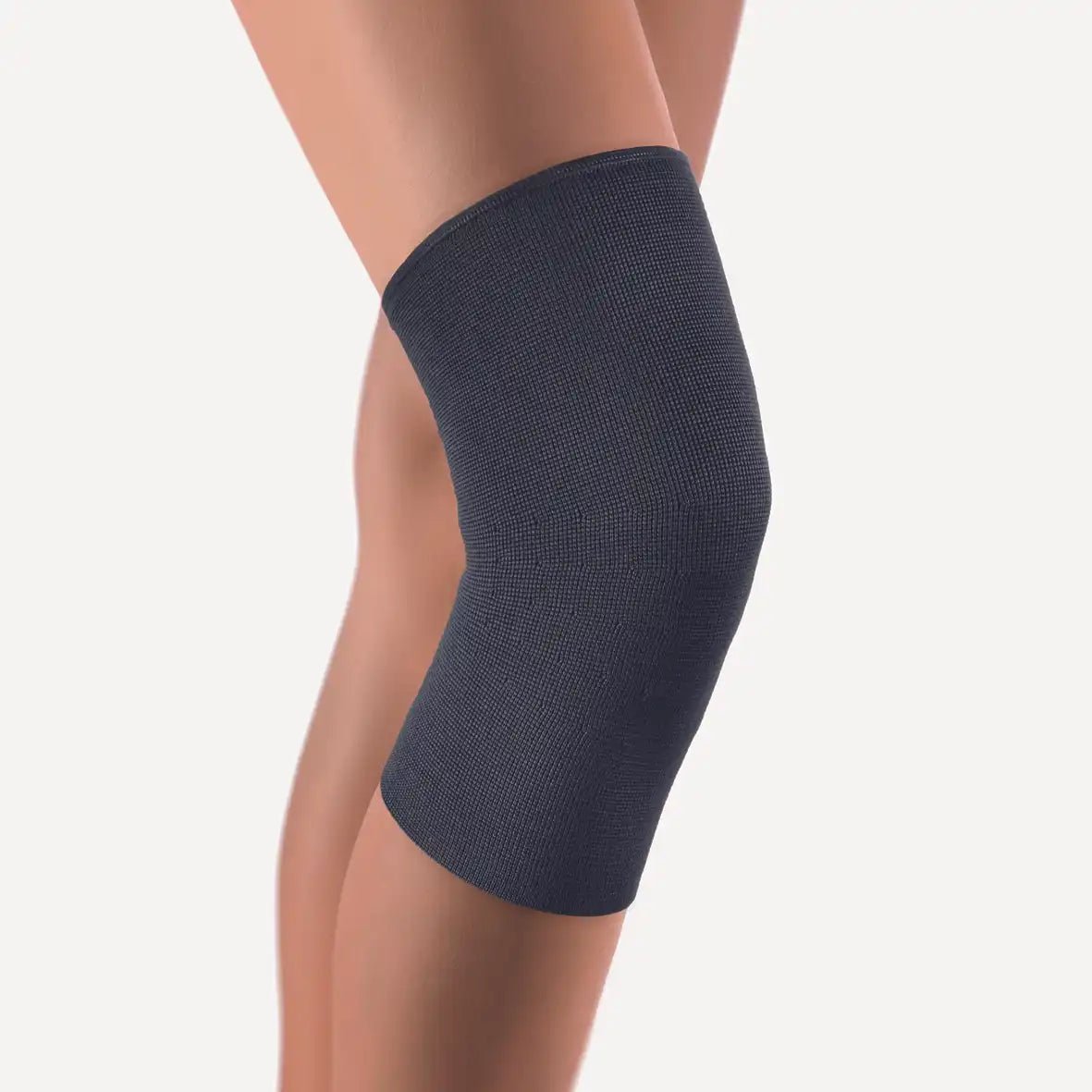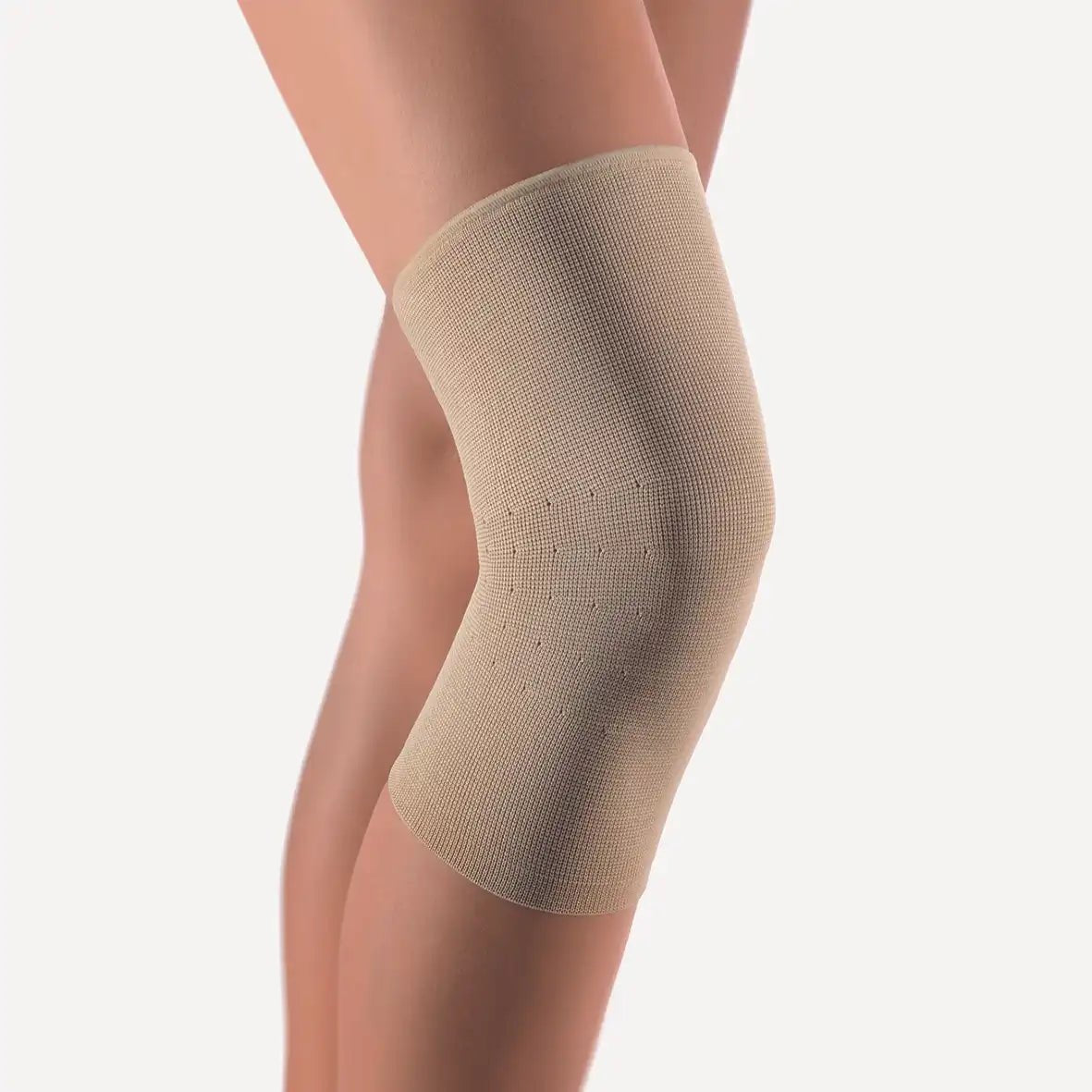
Heel pain
Heel Pain – How to Relieve the Pain
Heel pain is a common foot problem that can affect anyone. The heel normally withstands a lot of stress and acts as the body's shock absorber, especially during activities like running where the load can be equivalent to five times your body weight with each step. Despite the heel's robust structure, overuse and improper loading can cause heel pain. Common conditions such as heel spurs, plantar fasciitis, and a worn-out heel cushion can lead to heel pain. Treating heel pain often involves reducing the load and supporting the foot's natural structures.
Common causes of heel pain
- Plantar fasciitis (heel spur): Inflammation of the thick connective tissue under the foot, causing pain under the heel, especially with the first steps in the morning.
- Achilles tendonitis: Overuse of the Achilles tendon can lead to pain and stiffness at the back of the heel.
- Bursitis: Inflammation of the bursae around the heel can cause swelling and tenderness.
- Haglund's deformity: A bony growth on the back of the heel that can cause irritation and pain.
- Heel cushion syndrome: Loss of the fat pad under the heel, which reduces shock absorption and causes pain.
Symptoms of heel pain
Symptoms vary depending on the cause but may include:
- Pain under or at the back of the heel.
- Soreness when pressure is applied to the heel.
- Stiffness in the foot, especially in the morning.
- Swelling or redness around the heel.
Treatment
Treatment depends on the underlying cause. Here are some common methods:
Relief : Reducing the load on the heel is the first step in relieving pain. Using shock-absorbing shoes or inserts such as heel cups can help reduce pressure on the heel bone and fat pad, often providing quick relief.
Corrective insoles : For problems like plantar fasciitis or heel spurs, insoles that support the natural structure of the foot can be effective. These insoles help distribute body weight evenly across the foot and reduce stress on the painful areas.
Stretching and strength training : To prevent recurring problems, it is important to stretch and strengthen the muscles and tendons that support the foot. Especially in the case of plantar fasciitis, specific stretching exercises can relieve tension in the tendon sheath of the foot and reduce pain.
By identifying the underlying cause of your heel pain and using the right treatment, you can quickly return to a pain-free everyday life.
Recommended products:
When should I seek treatment for heel pain?
If the pain is persistent, worsens over time, or affects your ability to perform daily activities, you should contact a healthcare provider.
Can I prevent heel pain?
Yes, by using the right shoes, avoiding overuse, and performing regular stretching exercises, you can reduce the risk of heel pain.
Are heel spurs and plantar fasciitis the same thing?
Plantar fasciitis is inflammation of the connective tissue under the foot, while heel spurs are bony growths on the heel bone. They can occur together, but not always.






